Comeback Kid
February 23, 2012
When Delia Martins talks about her work as a hairdresser, her voice revs up like an engine. “Hairdressers are artists. We sculpt, we carve, we notch, my point cut, we slither and twist,” she says, dancing on the spot. “It’s all about flair and using your design sense.” Next, ask her about hair colour and her twitchy energy shifts into an even higher gear. “Oh yeahhh, the reds, the caramels, the golds. I love the before and after and being able to make heads turn.”
Listening to Martins describe her craft, you’d never guess she is blind. The 46-year old owner of Pro Hair Design, a salon in the Georgetown Marketplace Mall, 40 km northwest of Toronto,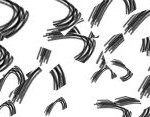 lost her sight after a double retinal detachment. It started with her left eye in 1993, followed by her right in 2004. Both times Martins was standing behind her chair working on a client.
lost her sight after a double retinal detachment. It started with her left eye in 1993, followed by her right in 2004. Both times Martins was standing behind her chair working on a client.
“It was just like a curtain falling down,” she tells me as I take a seat in her chair. She’s distracted momentarily. “Wow, your hair is very uneven, Alison. Are you cutting it yourself?” she asks, pulling at clumps on the either side of my head, like mismatched devil’s horns. “Yes,” I reply. “Well, don’t,” she counters, before getting back to her story. “Anyway, I had no idea what was happening to me the first time I lost my sight,” she says. “The second time, I was like, ‘Oh my god, it’s the retina!’ So I quickly finished my client’s hair, grabbed my car keys and told the girls, “I gotta go. Watch the store. I’m not sure when I’ll be back.'” Martins dashed out of the salon and drove herself home. “It was coming down slowly,” she says, recalling the loss of her sight in her one good eye. “You just have to drive with your head up a little.”
The retina is a light-sensitive membrane lining the inside of the eyeball. It’s as thin as Saran Wrap (or “cling film” for my British readers) and works like the film in an old-fashioned camera, receiving images produced by the lens. Every year, about 10,000 Canadians go blind when their retinas detach from the vitreous, a thick, jelly-like goo that fills the back of the eye. A blow to the eye can cause this, but so can diabetes. These are actually the two most common causes of retinal detachments. Severe myopia (near-sightedness) has also been known to liquefy the vitreous until the retina bubbles and lifts. Martins’ doctors think this is what happened to her both times.
Ophthalmologists often compare retinal detachments to a tear in wallpaper: what starts out as a pinprick-sized hole quickly turns into a blister that spreads until the entire sheet of paper is falling off the wall. Before this happens, response time is crucial. “If detachment starts at the outer edge of the eye, we like to catch it within six to ten hours,” says Dr. Alan Berger, ophthalmolgist-in-chief at St. Michael’s Hospital in Toronto. Berger operates on a couple of patients a week for detached retinas, most of them between the ages of 40 and 70.
In the crucial hours following Martins’ second retinal detachment in the summer of 2004 — the one that left her completely blind — a number of obstacles got in the way of her sight being saved. When she got home from work that day, she phoned her dad in a panic and asked him to drive her to the emergency walk-in clinic at nearby Peel Memorial Hospital in Brampton, Ontario. Martins opted not to call her fiancé, a contractor, since he was on a job site, or her oldest son, who also had his drivers license, because he was still in school.
By the time Delia Martins and and her father, Manuel, arrived at Peel Memorial, the walk-in clinic it was packed. They waited four and a half hours before a GP on duty could examine her. Shining a light on her cornea, the doctor informed Martins, a mother of two, “You’re just tired,” then asked, “Are you partying a lot?” He led her back to the waiting room and said. “Go home and get some sleep, and tomorrow you’ll wake up as good as new.” Martins was flabbergasted. Not only had this doctor just insulted her, but ignored what body wisdom told her was a second retinal detachment. Statistics show that the chances of a second retinal detachment increase by 15 percent when a person has already gone through the same thing in the other eye. Not knowing who else to turn to, Martins did as she was told and left the hospital on the arm of her dad.
The next day, Martins phoned her friend Debbie and they drove out to the Heart Lake Medical Centre in Brampton. Again, they faced a waiting room overrun with the sick and injured and their crying kids. Martins remembers pleading with the receptionist to get her in immediately. “I tried to explain that my retina had detached before and I thought it was happening in the other eye, but she just told me to take a seat and wait my turn.” The two women sat for about half an hour, but couldn’t stay any longer. “Debbie had food in the oven. We had to leave.” By then, Martins had well surpassed the six to ten hour time frame needed to save her eyesight.
Still flailing over her options, Martins remembers calling her dad again the following day and asking him to drive her to Acton, Ontario, to her optometrist, Dr. John Pond. “It took us three hours to get there,” she says. “Dad got lost on the way.” Pond examined Martins’ eye and immediately referred her to a specialist in Guelph. 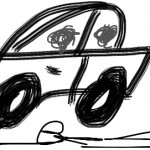 A taxi was summoned and Martins’ and her dad were whisked off to the doctor in Guelph who examined her, called a second taxi and instructed that driver to take the pair to the Richard Ivey Eye Clinic in London, Ontario. Much later that afternoon, a surgeon in London attached a silicon band (called a scleral buckle) around Martins’ right eyeball in an attempt to push the wall of the eye back against the retina. But he soon realized it was too late to do any good. When the bandage was removed, all Martins could see was a shimmering halo of light.
A taxi was summoned and Martins’ and her dad were whisked off to the doctor in Guelph who examined her, called a second taxi and instructed that driver to take the pair to the Richard Ivey Eye Clinic in London, Ontario. Much later that afternoon, a surgeon in London attached a silicon band (called a scleral buckle) around Martins’ right eyeball in an attempt to push the wall of the eye back against the retina. But he soon realized it was too late to do any good. When the bandage was removed, all Martins could see was a shimmering halo of light.
Two months later, in October 2004, in a final attempt to restore her sight, Martins went back to the same doctor in London for a second procedure called a vitrectomy. The plan was, he would remove the scarred vitreous jelly from the centre of her eye — caused by the unsuccessful attachment of the eye buckle — and replace it with fresh saline solution. Martins bled so heavily during the procedure that the doctor mistakingly sewed the scarred vitreous to her pupil, causing her excruciating pain. “Even with Demerol, it got to the point where the pain was so bad I lapsed into a nervous state. My sons would find me hiding in closets. I was suicidal,” she told while we sat eating fries at a table in the food court just outside her salon.
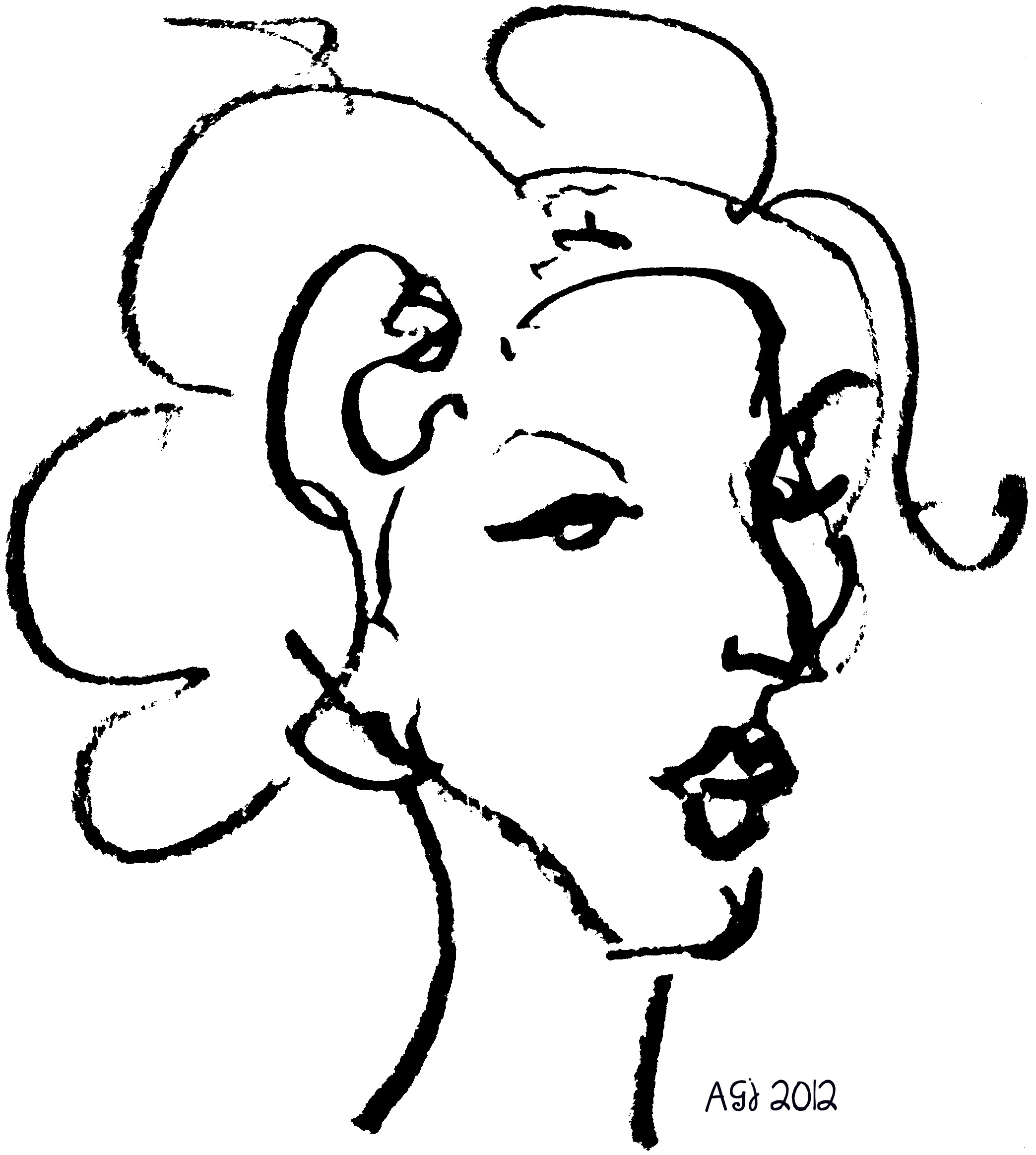 Martins’ family and friends quickly rallied, taking turns watching her around the clock. Her friend Marg Clegg, an office manager in Brampton and a longtime client, began making regular visits to her home. One in particular stands out. During a pause in a long and winding conversation about the randomness and unfairness of life, “Delia reached out and touched my head,” recalls Clegg. “‘Let me do your hair, Marg,’ she said.”Martins led her friend to the salon chair in her basement. “She felt her way through my trim,” recalls Clegg. “I watched what was happening with tears in my eyes.” Martin wet Clegg’s hair, divided it into sections, then went around her whole head pulling up strands through her comb. Each time, she brushed her palm against the ends to judge the length before running her scissors across in a series of clean snips. Clegg was Martins’ first client since losing her sight. “When Delia finished, I said to her, ‘I think you’ve done a better job now than you did when you could see!” They both cried.
Martins’ family and friends quickly rallied, taking turns watching her around the clock. Her friend Marg Clegg, an office manager in Brampton and a longtime client, began making regular visits to her home. One in particular stands out. During a pause in a long and winding conversation about the randomness and unfairness of life, “Delia reached out and touched my head,” recalls Clegg. “‘Let me do your hair, Marg,’ she said.”Martins led her friend to the salon chair in her basement. “She felt her way through my trim,” recalls Clegg. “I watched what was happening with tears in my eyes.” Martin wet Clegg’s hair, divided it into sections, then went around her whole head pulling up strands through her comb. Each time, she brushed her palm against the ends to judge the length before running her scissors across in a series of clean snips. Clegg was Martins’ first client since losing her sight. “When Delia finished, I said to her, ‘I think you’ve done a better job now than you did when you could see!” They both cried.
It was a seminal moment. Still, at the time, Martins didn’t have the strength to capitalize on it and go back to work. “Oh god, no. I was too depressed and too out of it,” she says. Martins was also ashamed of her appearance. A few months after the second London operation, her right eye began to atrophy and sink into her face. Martin’s eyes, once big and brown, had been her best feature. And even though she couldn’t see the changes, she could feel her face changing shape. It was devastating.”I’m in the beauty biz. I was puffy and bruised, and my face was deformed on one side. I looked like a monster.” She also had constant migraines” For the next 18 months, Martins stayed at home and tried to regain her strength. Her biggest struggle, emotionally, was coming to terms with the idea that the life she had been going for — and recently achieved — was gone forever.
Pro Hair Design was the culmination of a dream. The 800-square-foot store cost Martins $150,000 when she bought it back in 1999. “I didn’t rest until I got saved enough for the down payment,” she says. “I wanted to show people I could own my own business.” After graduating from beauty school in 1982, Martins worked as a junior stylist for several years, got married, had two sons, then opened a window business with her husband. When the marriage fell apart in 1995 — “He gave up on us. I have no idea where he is.” — Martins worked a series of jobs to make ends meet. She was a banquet server at a country club, a flight attendant on National Air followed by Air Canada as well as a collections officer, tracking down everything from unpaid mortgages to DNA samples. Through it all, she continued to do hair part-time, inviting clients over on weekends to sit in the chair in her basement. Clegg was one of those early clients. She and Martins have known each other for 17 years. “For Delia, the idea of losing her business this way, after struggling so long to make it happen, was just devastating to her,” says Clegg.
The turning point for Martins came late one afternoon almost two years after she went blind. “It sounds so stupid, but I was lying on the couch listening to an episode of Dr. Phil.” Ever since she stopped working at the salon and picking up after her kids at home, Martins started gaining weight and was now at risk of developing Type-2 diabetes, according to her GP. Still, her situation wasn’t half as bad as the woman sitting across from Dr. Phil. “This woman was 700-pounds and blamed her massive weight gain on a spider bite — a frickin’ spider bite!” says Martins, raising both hands. By the end of the program, Martins could barely breathe she was laughing so hard. “Screw that!” she announced to the empty house. “I’m going back to work.” The next morning, her fiancé drove her down to the salon.
At first, Martins had to feel her way around the store. “I was bumping into things and counting the number of steps back to my chair,” she says. She quickly determined that organization was key to her comeback. Everything — brushes and combs, scissors and clips, spray bottles and blow dryers — had to have a designated place. Next, Martins took some puffy felt letters from a kids alphabet set, a dollar store find, and stuck them on all of the product bottles. “SG” for the “spring gold” hair dye. “SB” for summer beige, and “BV” for a Katy Perry-esque shade of “blue violet.”
Being blind wasn’t the only challenge Martins faced. During her nearly two-year hiatus, she entrusted her business to a long-time friend and fellow stylist who proceeded to place double and triple orders of products under Martins’ name while he set up his own salon in Brampton. Sensing that things weren’t adding up, Martins arranged for an audit, prompting her entire staff to walk out on her shortly after she returned. Once again, what kept Martins going was the encouragement she got from her family — “my rock” — her regulars, like Clegg, and the pure joy she got from styling people’s hair. “I used to joke that I could cut and colour with my eyes closed,” says Martins, ignoring the spooky irony. Martins has since hired an enthusiastic team of young stylists she calls, “my eyes.”
Standing behind her chair, Martins is back where she belongs. When I sit down for a trim, she runs her fingertips lightly over my facial features. “You have a slightly heart-shaped face, high cheekbones and a long neck,” she says. “I think you should grow your hair out a bit on top, then go for feathered ends,” she adds, scrunching and tugging at my overgrown pixie cut. That’s the moment when she notices how uneven my cut is and that I’ve been cutting it myself (every stylist’s worst nightmare). She reaches into her top drawer and pulls out her scissors. “Just you wait, I’ll give you a custom-designed Alison haircut. You’ll look amazing.” And I believe her. As Martins works on my head, she chats about her life and asks me plenty of questions about mine. “What’s your job like?” “Do you ever get writer’s block?” And, “What do you mean you’re not married? With that face?”
Just as men meet at pubs, women go to beauty parlors to be waited on, to trade stories and go over the milestones and monotonous details of life. “I had so much to do this morning,” says Martins, tilting my chin to the side. “I was up at six doing laundry and cleaning the house. Then I made shepherd’s pie for dinner.” She says she prefers to do her chores in the morning. “It’s quieter, less chaotic.” Brushing the clippings of hair off my shoulders, Martins, without warning, breaks into Céline Dion’s, “I’m Your Lady.” You know the one: “Cause I’m your la-a-ady, and you are my ma-a-n.” I’m embarrassed, but she isn’t. She may be wildly out of tune, but the force of her energy fills the store. Dion, Andrea Bocelli and Sarah Brightman are her angels, she says.
Martins also regularly talks to The Man upstairs, the same one she railed against during her recovery. Scripture is like a lullaby to this ex-Catholic, onetime Jehovah’s Witness and current convert to evangelism and self-help. She listens to audio recordings of The Bible and “The Secret” on her phone. “One day I want to get my pastoral license and preach,” she says. “I want to apply what I know and encourage others to never give up.” Martins grabs a hand mirror and twirls me around in her chair to show off her work. “Check out the back,” she says, handing me the mirror. “It’s like I can see, don’t you think? I’m telling you, nothing is impossible. Just look at me … and you!”








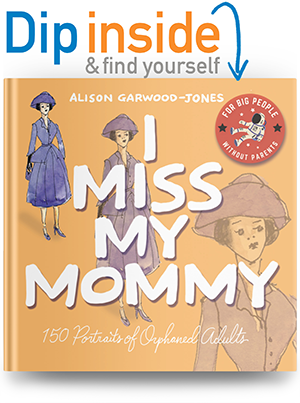









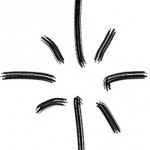


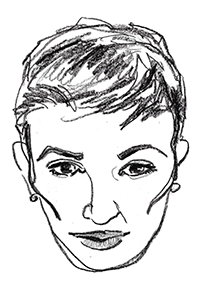










What a wonderful post. As usual your writing is stellar. She sounds like an amazing woman. When do we get to see the haircut?
She sounds incredible. I love stories of people who have persevered through bad luck and bad life moments and haven't just survived, but have thrived afterwards. It's so incredibly hard to bounce back, but when you do it seems to necessarily be revolutionary.
When I read the part about the doctor sewing it onto her pupil, oh god, that made me a little more than squeamish. Sounds awful.